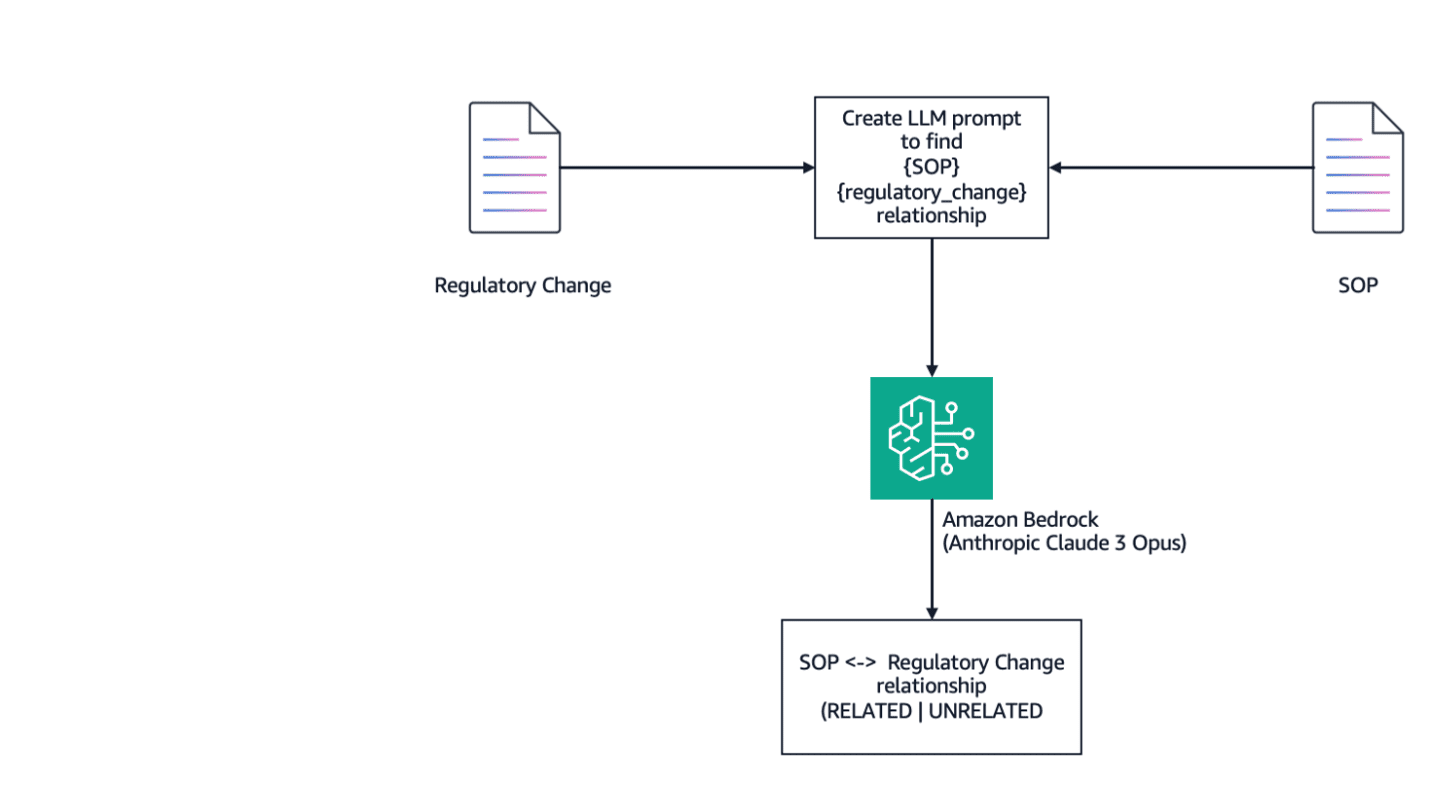Favorite We’re introducing an upgraded preview of Gemini 2.5 Pro, our most intelligent model yet. Building on the version we released in May and showed at I/O, this model will be… View Original Source (blog.google/technology/ai/) Here.
Favorite Read Ruth Porat’s remarks on AI and cancer research at the American Society of Clinical Oncology. View Original Source (blog.google/technology/ai/) Here.
Favorite The Open Forum for AI (OFAI), of which Open Source Initiative (OSI) is a member, submitted feedback to the White House in response to its request for information on the development of a 2025 National AI R&D Strategic Plan. An AI R&D Strategic Plan was first issued in 2016
Read More
 Shared by voicesofopensource June 3, 2025
Shared by voicesofopensource June 3, 2025
Favorite Many people who use NotebookLM already share their notebooks with classmates, coworkers, students and friends. Today, we’re making sharing and curation easier — with pub… View Original Source (blog.google/technology/ai/) Here.

Favorite Standard operating procedures (SOPs) are essential documents in the context of regulations and compliance. SOPs outline specific steps for various processes, making sure practices are consistent, efficient, and compliant with regulatory standards. SOP documents typically include key sections such as the title, scope, purpose, responsibilities, procedures, documentation, citations (references),
Read More
 Shared by AWS Machine Learning June 3, 2025
Shared by AWS Machine Learning June 3, 2025
Favorite Google is investing an additional $7 billion in Iowa within the next two years in cloud and AI infrastructure, as well as in expanded workforce development programs, mea… View Original Source (blog.google/technology/ai/) Here.
Favorite Google Photos is turning 10! To celebrate, here are some favorite tips, tricks and features. View Original Source (blog.google/technology/ai/) Here.
Favorite The Dialogues stage at Google I/O 2025 brought together Google leaders and visionaries. View Original Source (blog.google/technology/ai/) Here.

Favorite This blog post is co-written with Heidi Vogel Brockmann and Ronald Brockmann from GuardianGamer. Millions of families face a common challenge: how to keep children safe in online gaming without sacrificing the joy and social connection these games provide. In this post, we share how GuardianGamer—a member of the
Read More
 Shared by AWS Machine Learning May 28, 2025
Shared by AWS Machine Learning May 28, 2025
Favorite At this week’s I/O, we announced our very latest products, tools and research designed to make AI even more helpful with Gemini. The latest episode of the Google AI: Rel… View Original Source (blog.google/technology/ai/) Here.


